This engine will let us stay there for months, if not years.
Could the key to interstellar exploration be a nuclear-powered flyer that circles Jupiter?
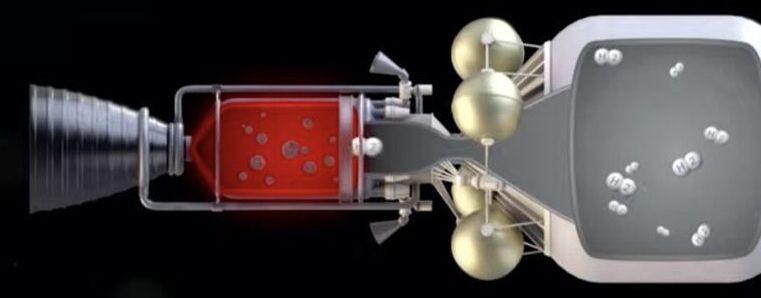
An update on the Green Run hot fire test for Artemis I, a commercial cargo spacecraft leaves the space station, and innovative ideas for exploring unexplored areas of the Moon … a few of the stories to tell you about – This Week at NASA!
Download Link: https://images.nasa.gov/details-An%20Update%20on%20the%20Gre…08,%202021
Producer: Andre Valentine.
Editor: Sonnet Apple.
Music: Universal Production Music
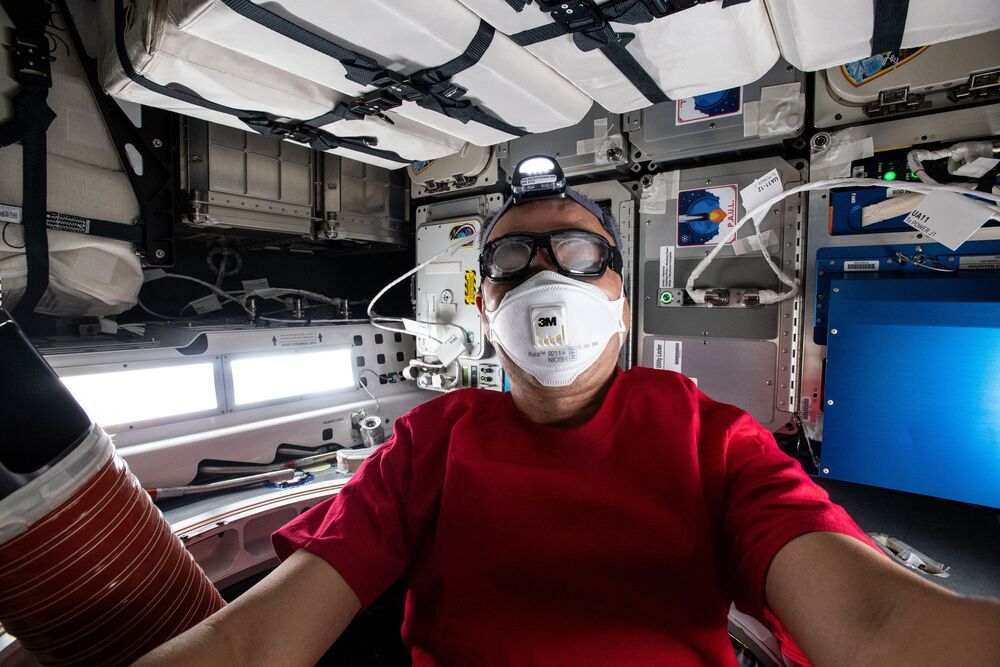
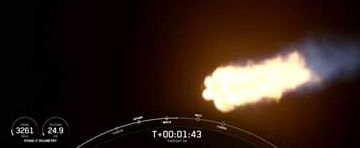

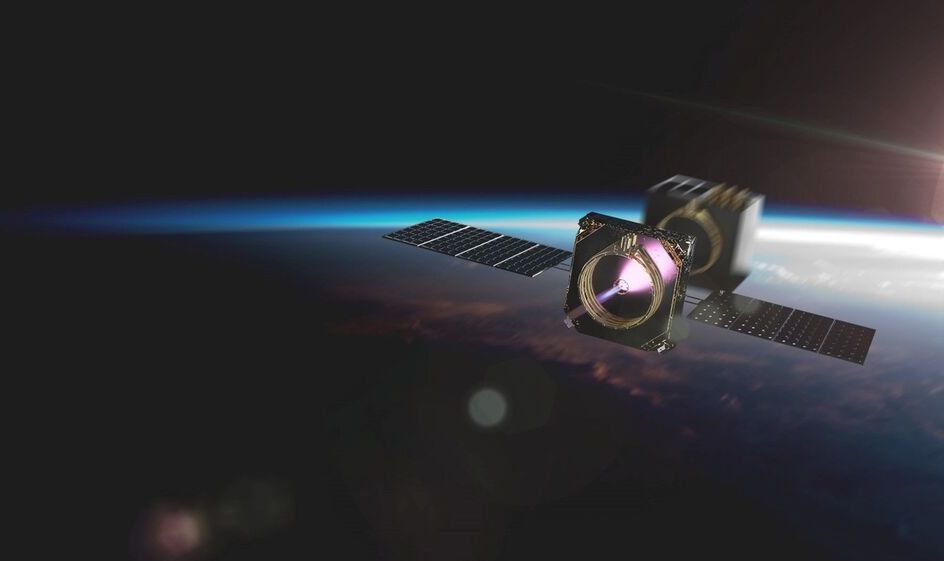
In-space transportation provider Momentus is delaying its first operational mission because of delays completing an interagency review.
WASHINGTON — In-space transportation provider Momentus is delaying its first operational mission, which was to fly on a SpaceX Falcon 9 later this month, because of delays completing an interagency review.
In a Jan. 4 statement, Momentus said the flight of its first Vigoride tug, which was to be part of the payloads on a Falcon 9 dedicated rideshare mission launching as soon as Jan. 14, will be delayed to later in the year because it was unable to get approval from the Federal Aviation Administration for the mission.
“This move will allow for the additional time necessary to secure FAA approval of Momentus’ payloads, including completion of a standard interagency review,” the company said in a statement.
The SN9 vehicle’s three engines lit up for about one second today (Jan. 6) at 5:07 p.m. EST (2200 GMT) during a static-fire test at SpaceX’s South Texas facilities, near the Gulf Coast village of Boca Chica.
Static fires, in which rocket engines blaze while a vehicle remains anchored to the ground, are a routine preflight checkout. And SN9 (“Serial No. 9”) will indeed get off the ground soon, if all goes according to plan: SpaceX is prepping the vehicle for a test flight that’s expected to be similar to the epic one made last month by its predecessor.
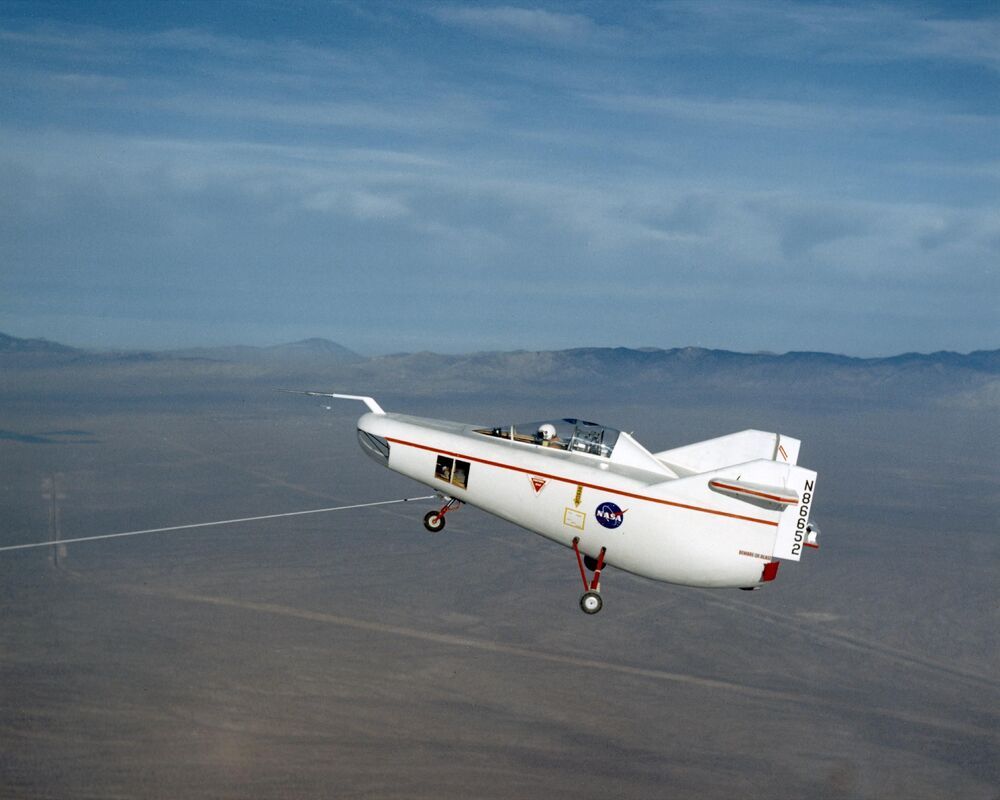
In the coming years, NASA’s Project Artemis will send astronauts to the Moon for the first time in fifty years. In the years that follow, NASA and the European Space Agency (ESA) also hope to build a spiritual successor to the ISS – the international lunar village around the Moon’s southern pole.
With multiple space agencies looking to build bases and private aerospace companies like SpaceX and Blue Origin hoping to make lunar tourism a reality, the message is clear: We’re going back to the Moon. And this time, we plan on staying!
But what about the long-term? What about a lunar colony where us regular folk can live, work, and become the first “Selenians” (or “Lunites”, “Lunarians”, “Loonies”, etc.). It’s been explored extensively in science fiction, but how about for real? Could it be done?
With Starship SN8’s test flight still fresh in the memory, SN9 is set to complete an accelerated pad flow with a Static Fire test and launch this coming week. A triple Raptor Static Fire test is tracking early this week. Pending acceptable test results, the launch of SN9 could take place just a few days later.
Meanwhile, Starship SN10 is now an integrated stack inside the High Bay, ready to roll to the launch site as soon as SN9 departs. SN11 and SN12 are undergoing their own buildup operations inside the Mid Bay, with the former only lacking a nosecone.